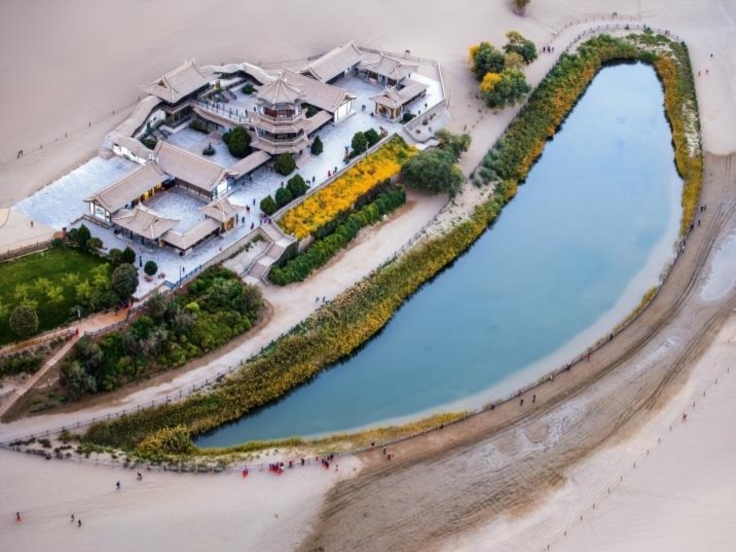240-Hour Visa-Free Transit in China
China is implementing a 10-day (240 hours) visa-free transit policy. The transit program allows visitors who have existing flight bookings from China to a third country (region) to snag a visa on arrival at a Chinese airport (port) and stay for 10 days before departure. Hong Kong, Macao and Taiwan all count as third destinations.
Passport holders of 55 countries, including the United States and the United Kingdom, can enter visa-free through any of the 60 open airports (ports) in 24 provincial regions, covering popular tourist cities like Beijing, Shanghai, Xi’an, Chengdu and Guangzhou.
Read more about 240-Hour Visa-Free Transit in China.
Meanwhile, citizens from 47 countries can enter China visa-free for up to 30 days.
Day 1 Beijing
Day 2 Beijing
The Forbidden City (UNESCO) is the imperial place where the emperors of the Ming and Qing Dynasties ruled for nearly 500 years (1420-1911). Experience the architectural splendor of the palaces, ceremonial courtyards, and private quarters.
The Temple of Heaven (UNESCO), where ancient Chinese emperors made sacrifices to Heaven and prayed for bountiful harvests, demonstrates the supreme achievement of traditional Chinese architecture.
Day 3 Beijing
The Summer Palace (UNESCO) is the largest imperial garden in the world. Emperors of successive dynasties created a summer retreat of Chinese gardens and pavilions, around the tranquil waters of Kunming Lake.
Day 4 Beijing - Xi’an (by bullet train)
Day 5 Xi’an
The Big Wild Goose Pagoda, a Tang Dynasty landmark, is a seven-story pagoda initially constructed in 652 AD. One of the pagoda's many functions is to hold sutras and figurines of the Buddha that were brought to China from India by the Buddhist translator and traveler - Xuanzang.
Day 6 Xi’an - Zhangye (by bullet train)
Day 7 Zhangye
The Mati Temple, also known as the Horse’s Hoof Temple, is located in Sunan County, which is about 65 kilometers north of the Zhangye City. Carved into the cliff side of the Qilian Mountrain, the Mati Temple consists of a series of Buddhist caves, grottos and temples. If time permits, travelers could enjoy a great hiking in the nearby hills.
Day 8 Zhangye - Jiayuguan - Dunhuang (by automobile)
Day 9 Dunhuang
The Crescent Moon Lake & Singing Sand Dunes are famous attractions in Dunhuang. From a distance make sure to listen carefully for the whistling tunes among the sand dunes. If you are feeling adventurous, take an optional camel ride (on your own expense).
The Dunhuang Shazhou Night Market, open solely in the evenings, is an ideal place to relax after day trips. The market is zoned for different activities: shopping for art and ethnic goods, enjoying snacks at food stalls or tea in cozy houses, and watching local opera street shows.
Day 10 Dunhuang - Urumqi (by bullet train)
Day 11 Urumqi
Urumqi's International Grand Bazaar is a lively market showcasing Uyghur culture. Visitors can explore colorful stalls selling traditional crafts, spices, and textiles, sample local delicacies, and shop for unique souvenirs. It's a must-visit for an authentic Xinjiang experience.
Day 12 Urumqi - Shanghai (by air)
Day 13 Shanghai
- Private English-speaking tour guide
- Private air-conditioned vehicle
- Land transfers between airport or train station and hotel
- Entrance ticket as listed
- Meals as listed
- Centrally located hotels with breakfast
- Domestic flight tickets (eco class) with taxes and train tickets (2nd class seat) as listed
- Service charge & government taxes
- International flight
- Personal expenses such as laundry, drinks, fax fee, phone bills, optional activities
- Tips for guides and drivers
- China Visa
- Travel insurance

































































